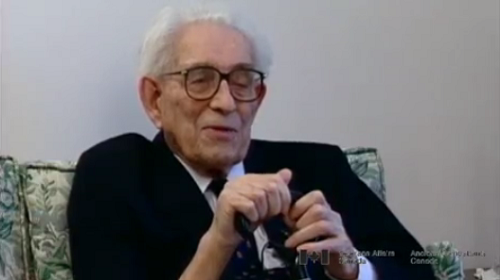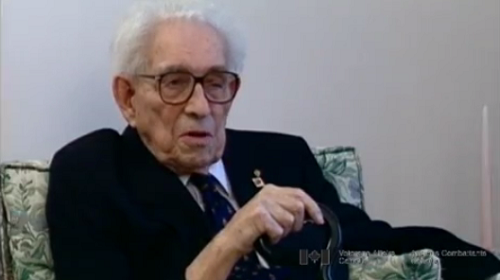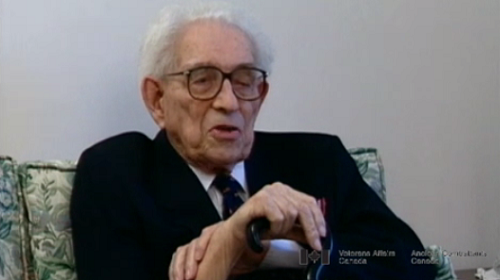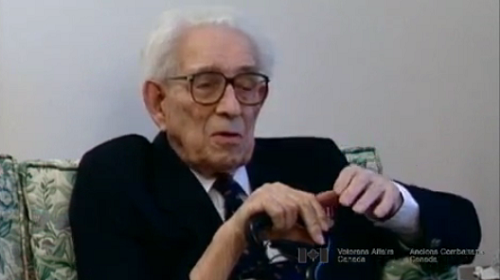Rat extermination
Heroes Remember
Rat extermination
The Germans, they had a thing there,
they had a piece of sheet iron like that
sunk into the ground and there was just
room for two people to crawl
in underneath that.
They were down below ground level and
it would take a direct hit from someone
to get ya if you were there and
another fellow and I grabbed,
got in there and we weren't there for
more than an hour or two and there
was a rat walking over my face.
That wasn't the kind of thing you enjoyed
so in the morning I began looking around
and where the iron came down like
this and here was a rat hole under
one side at the end of it.
So it just happened that there was a
lot of shrapnel shells, the cordite exploded,
drove the shells, you see, and cordite would
burn but when you confine it, it will explode.
There was some of this lying around there
so I got some of this and I experimented
and got three or four pieces of cordite and
put it in the hole there and let it burn and
finally I took a whole big handful like that
and I put that in the hole and left one
piece out and shoved the casing of the
shell on top of it and then I touched off the
one remaining piece and I had flames
coming out of the ground thirty and forty
feet away and also rats and it was the
most peculiar thing but a fox terrier
turned up and killed all those rats.
I never saw the dog before or afterwards.
I don't know where he came from or how he
got there but he put three or four great
big fat rats, he killed as they came out,
when the flames got shooting there and
I expect there were a lot of young rats in
there and everything else underneath it.
It all get burned and everything.
Anyway, that was the end of the rats.
We didn't have anymore rats and
I slept in that hole for some weeks, I think.
Related Videos
- Date modified:


















